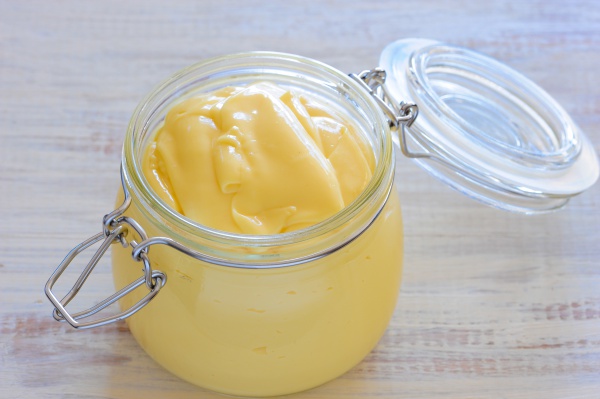Facts About Mayonnaise
Mayonnaise, commonly referred to as mayo, is a popular cold sauce or dressing that enhances a variety of dishes—ranging from sandwiches and hamburgers to salads and even French fries. It also serves as the base for other flavorful sauces like tartar sauce, remoulade, and salsa golf. The basic ingredients are simple: oil, egg yolk, and an acid such as vinegar or lemon juice. Numerous variations include additional flavorings. For those who are vegan or avoiding eggs and cholesterol, commercial egg-free versions are available.
The history of mayonnaise dates back to Spain and France prior to the 18th century. One theory suggests the name "mayonnaise" originates from Port Mahon in Menorca, although other origin stories exist. Making mayonnaise at home involves gradually adding oil to egg yolks while vigorously whisking to create an emulsion. Mustard and vinegar are often added for extra flavor and to help stabilize the mixture.
Mayonnaise is incredibly versatile, with variations found around the world. For example, Japanese mayonnaise uses rice vinegar, while Russian versions often utilize sunflower and soybean oil. In the United States, commercial mayonnaise has been available since the early 20th century, with brands like Hellmann's and Best Foods dominating the market.
Nutritionally, mayonnaise is calorie-dense due to its high oil content. It typically contains vegetable oil, egg yolks, vinegar, salt, and sugar. Low-fat versions modify the ingredients to reduce calorie content. However, mayonnaise can pose food safety challenges. Its nutrient-rich content is prone to spoilage, and homemade versions using raw eggs have been associated with Salmonella outbreaks.

 France
France